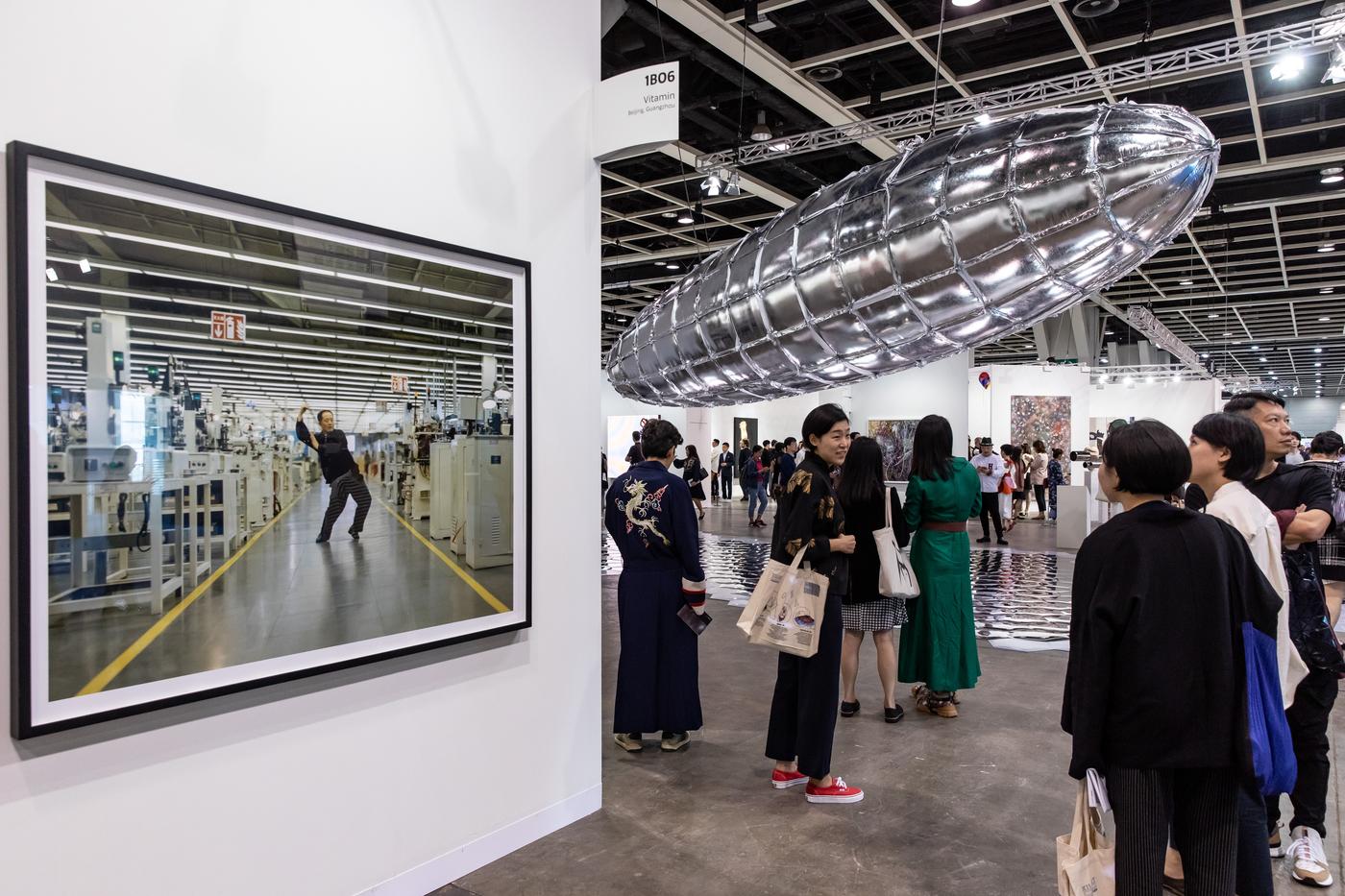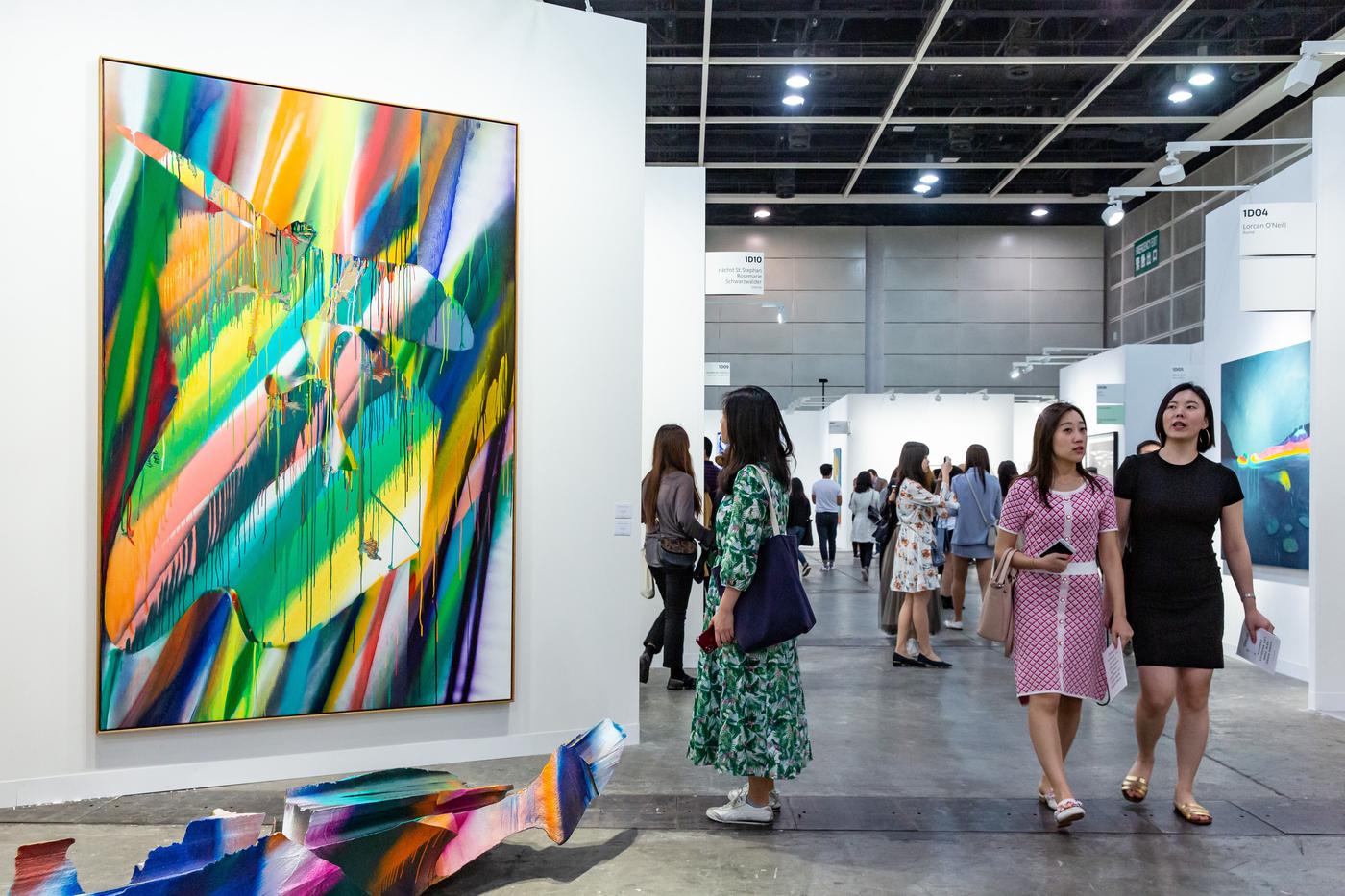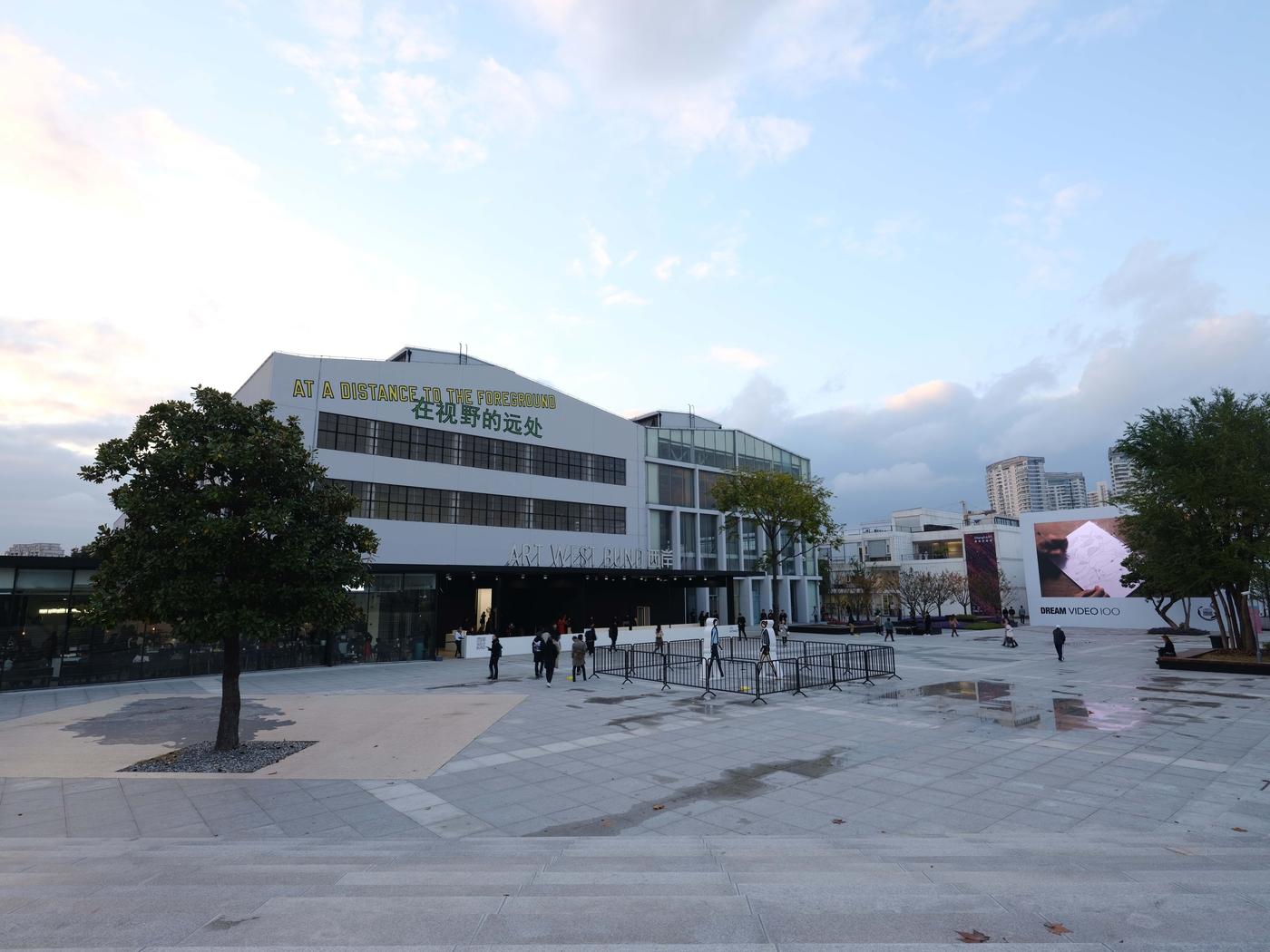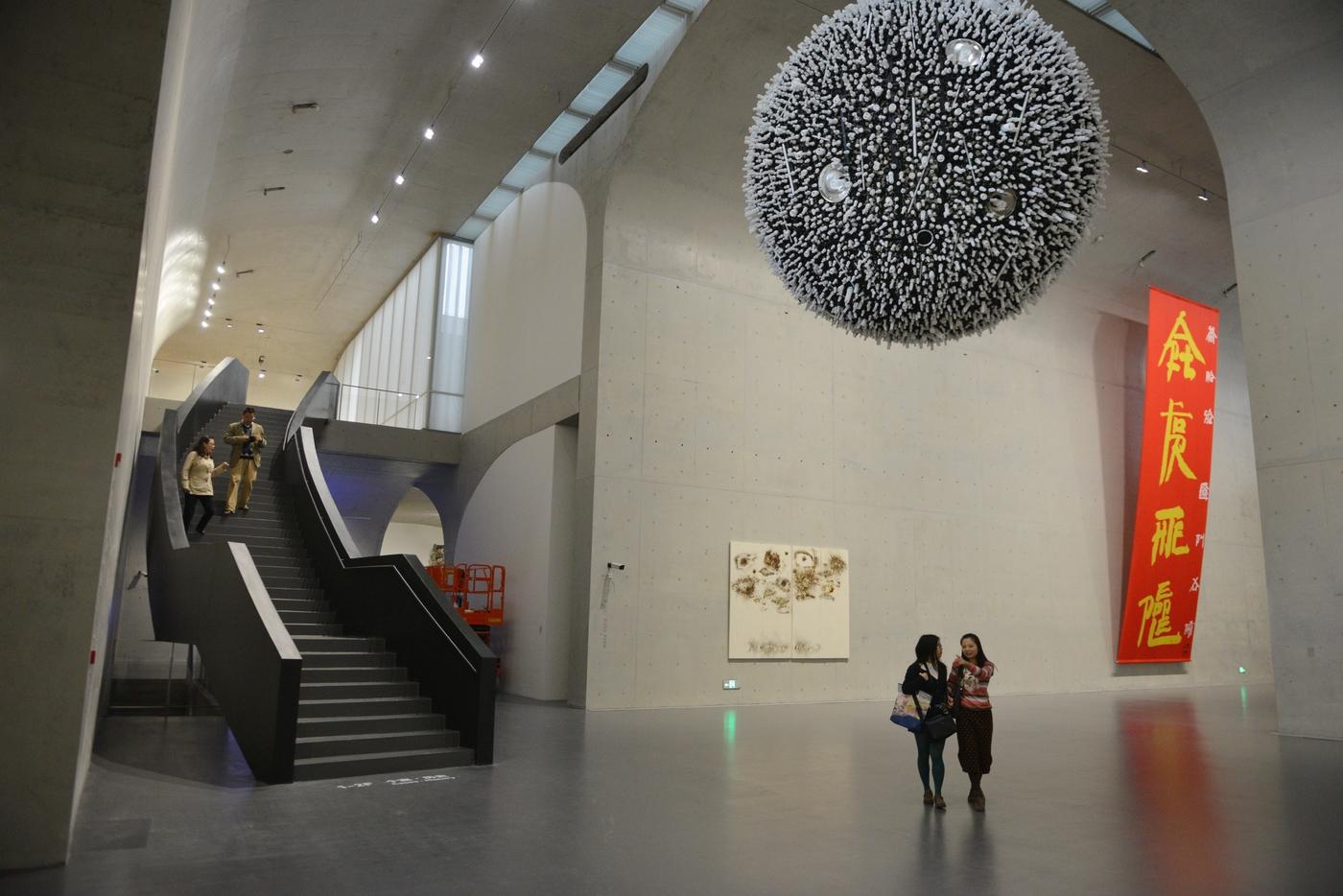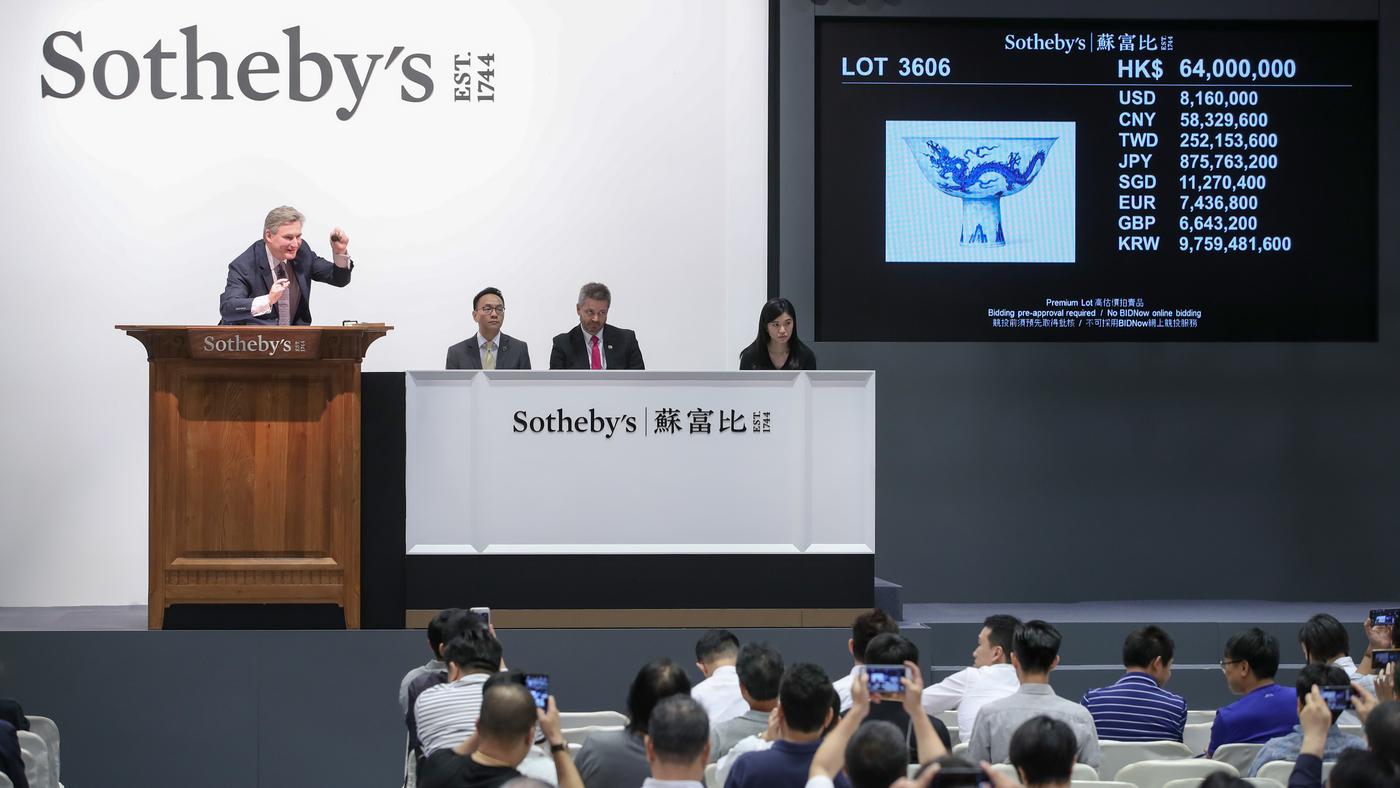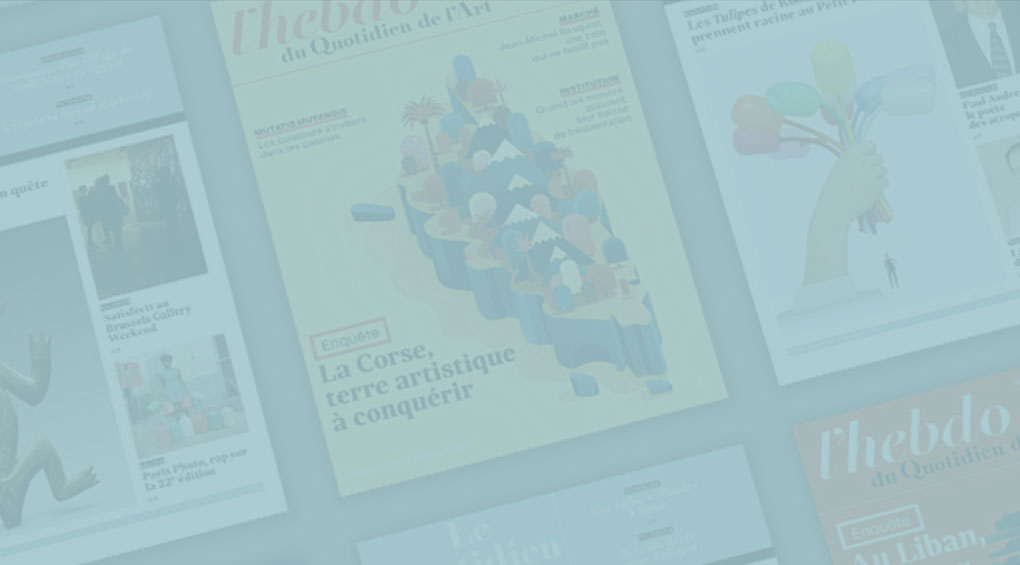With the auction market in the People’s Republic of China just 25 years old, in global terms the Chinese art market is just emerging from its infancy. Though what a development it has had in those years already: now among the top three largest art markets in the world – accounting for 19% of sales by value, or a total of $12.9 billion – it follows behind only the US (44%) and the UK (21%).
However, after peaking in 2011, and a decline of 3% year-on-year, China now faces the challenge of establishing itself as a mature market on the global scene. Professor Kejia Wu, author of this year’s TEFAF Art Market Report: The Chinese Art Market, fully admits the role that speculation played in the market’s early boom, and is realistic about the hurdles that must still be overcome. “The scope of foreign auction houses is still restricted, as they are not allowed to sell Chinese antiquities and traditional art,” states Wu. “Meanwhile, Chinese operators have the right to sell what they like, but they need time to build up teams. They don't lack expertise so much as ‘specialists’ who will go out and look for business, and who know who owns what… In contrast, Christie’s and Sotheby’s have the network, but have limited room for action.”
This legal framework is unlikely to change any time soon, but this does not mean that the market will remain stagnant. Foreign dealers selling traditional Western art and international contemporary art continue to establish themselves in China.
It is also key to differentiate the markets in mainland China and Hong Kong. Most reports tend to analyse both regions as a whole, though with foreign investors only allowed to purchase artworks in mainland China within the last forty years (a result of the Open Up Policy in 1978), this is akin to referring to a sprint and a long-distance run as the same race.
With the Chinese State backing the recent boom in museums throughout China (from 349 to more than 5,000 in the last four decades), 52% of Chinese collectors interviewed for the TEFAF report spending over $5m during the last five years, and 72.5% of galleries in mainland China younger than 10 years old, we can be confident that this market has enough energy behind it to carry on running.

